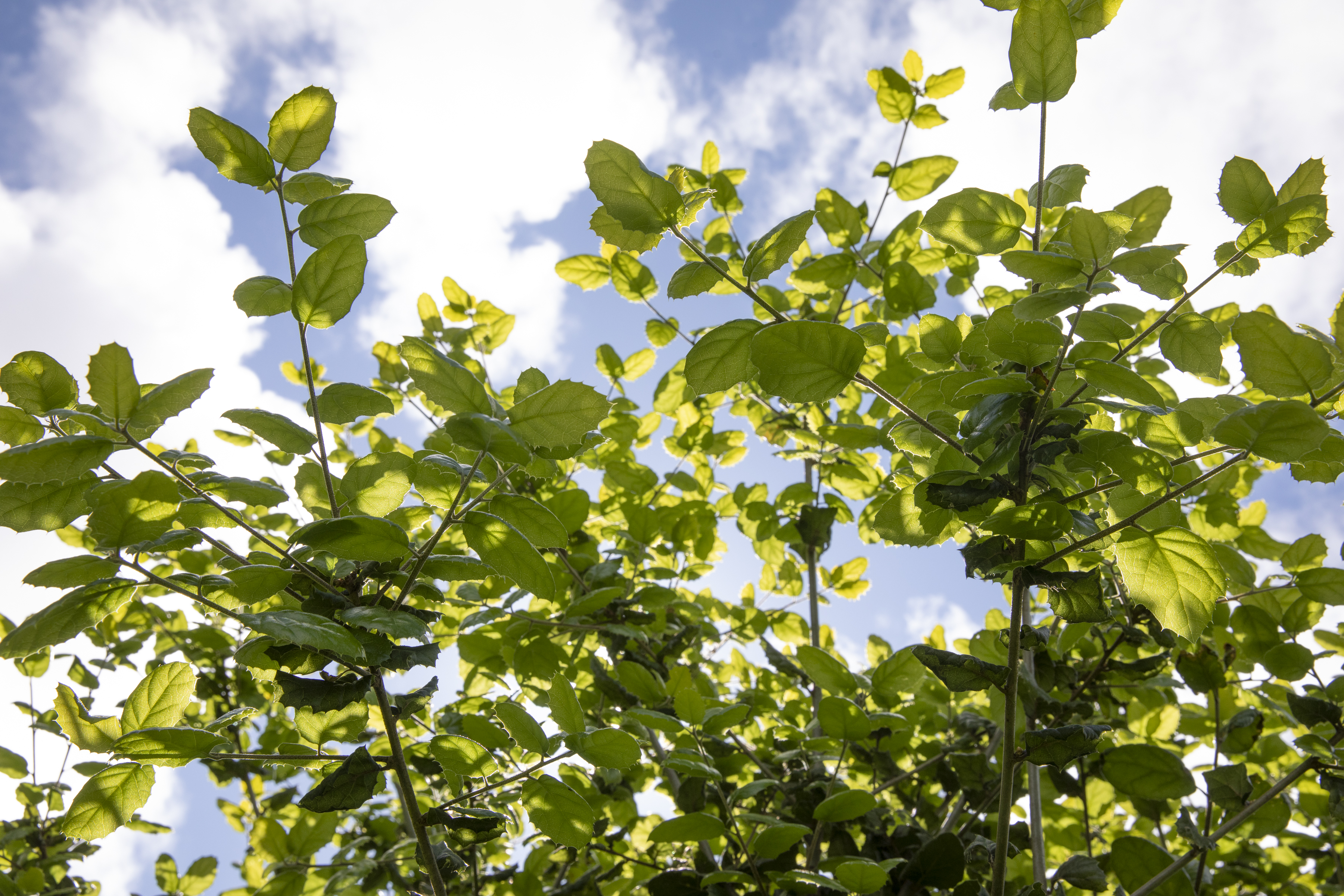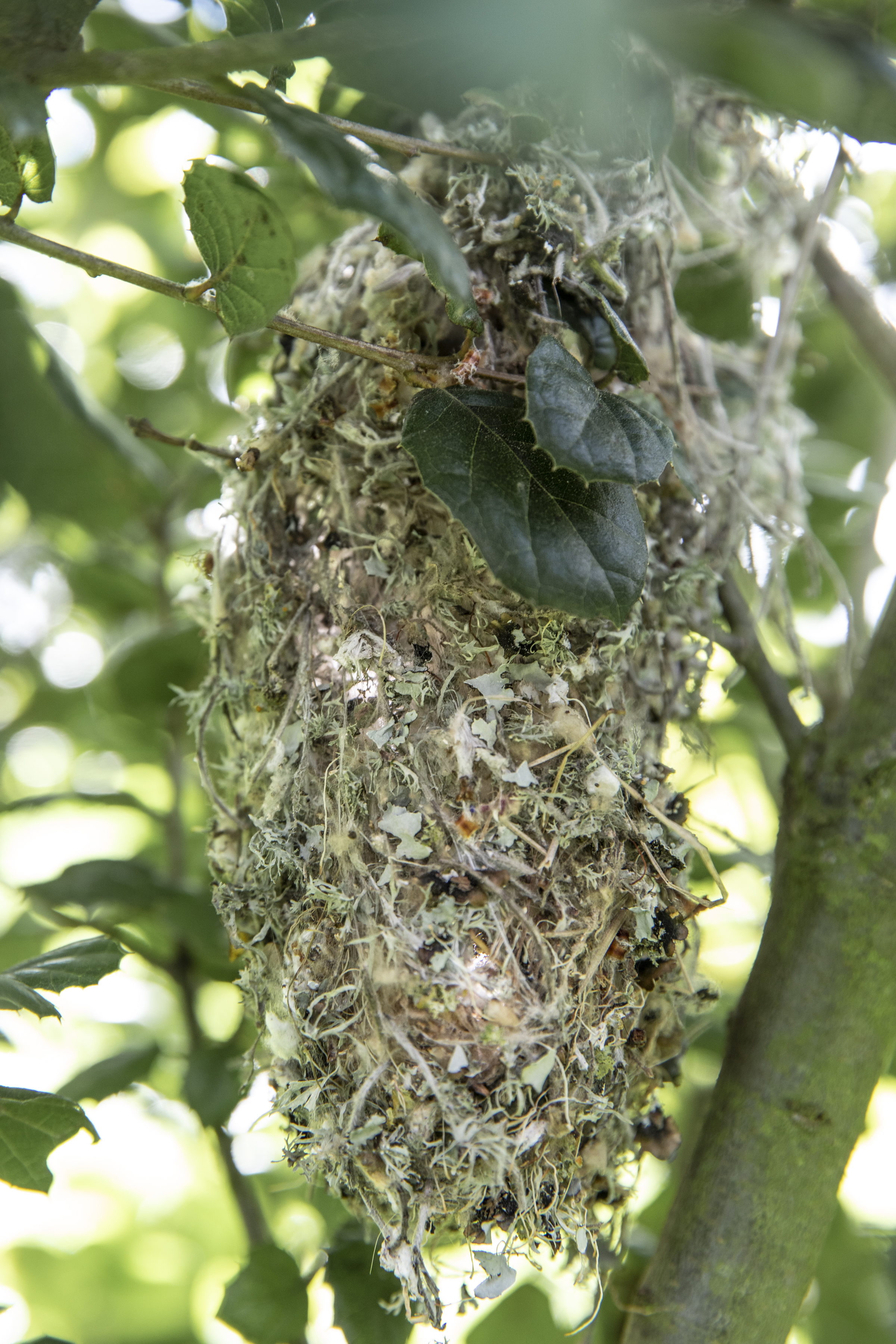Winter is the time of year to see migratory birds in California’s central valley wildlife refuges. San Joaquin River Wildlife Refuge, located just east of Modesto, is only about an hour’s drive from San Francisco (without traffic.)
The refuge was originally founded to help the Aleutian Cackling Goose and more than 90% of the overwintering species can be found here. The birds look almost identical to Canada geese but are only half the size. Back in the 70s there were fewer than 1000 but by removing predators from their Alaskan breeding grounds and improving their overwintering refuge has brought their population back up to well over 100,000.
The refuge is 7,000 acres of wetlands, riparian woodlands and grasslands and besides the Aleutian Cackling geese, there are Snow and Ross Geese, Sandhill cranes, ducks, herons and more. At dusk or dawn Beckwith viewing platform is a good place to see birds taking off to the fields or returning for the night. Pelican Nature Trail is a 20 minute drive away at 2714 Dairy Rd, in Vernalis and has an easy 4 mile hike through wetlands and riparian woodlands.
San Joaquin River refuge also is home to the Riparian Brush rabbit, possibly one of California’s most endangered mammals. The rabbit used to found commonly in the central valley but with loss of habitat its population dwindled in the 1990s. A program at Cal State Stanislaus bred them in captivity and has reintroduced them hoping to bring them back. The refuge has the largest population of them in the world.
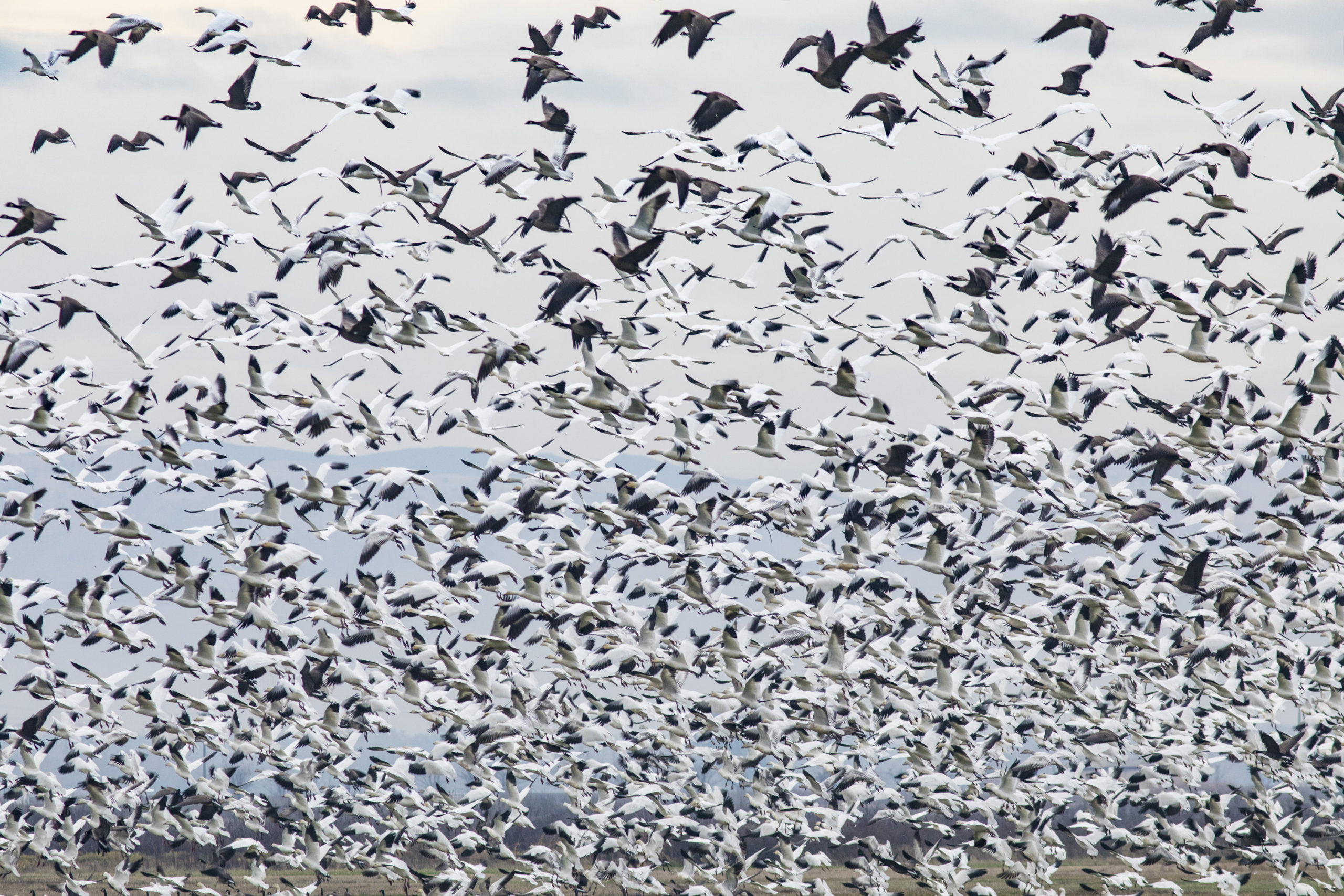
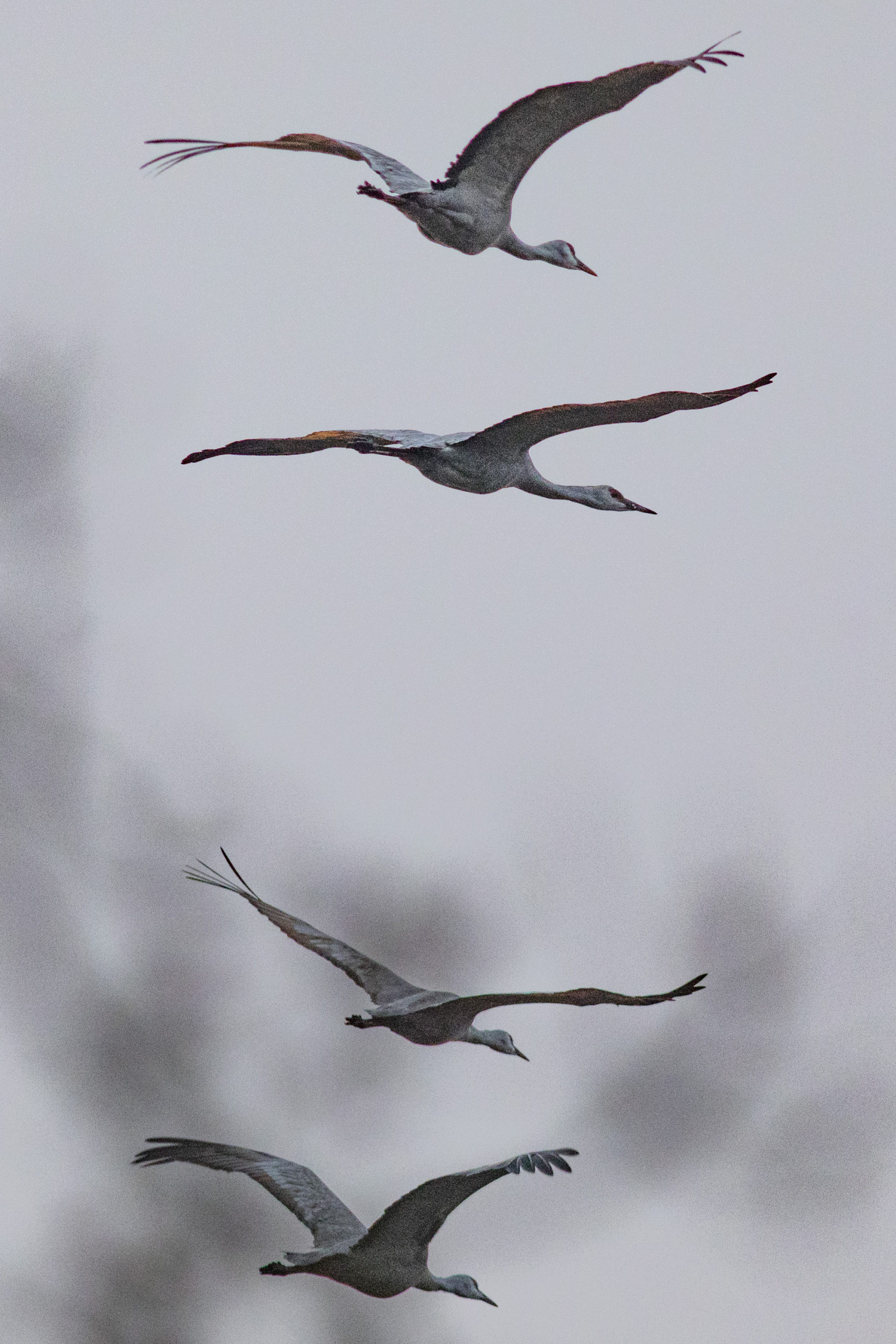
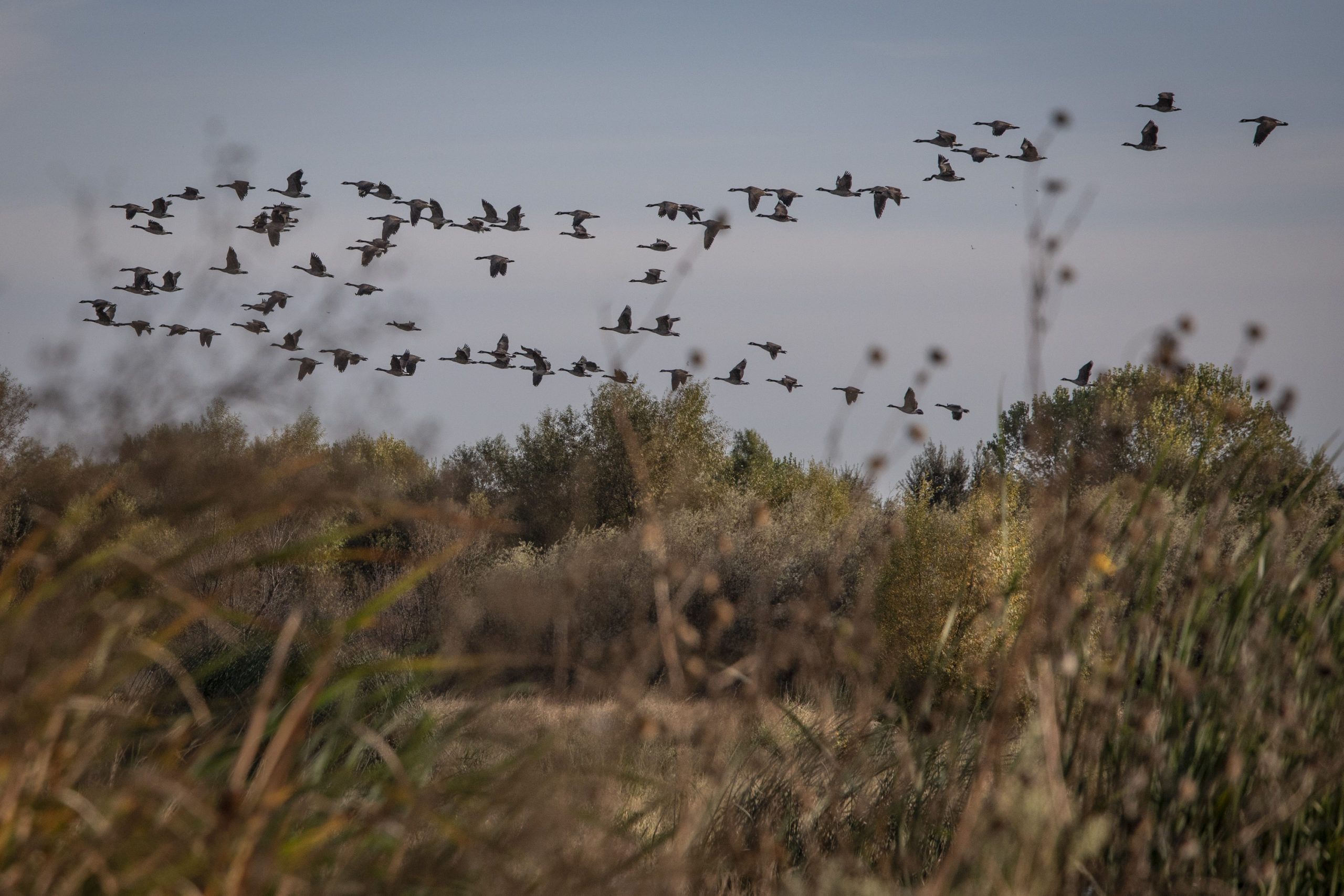
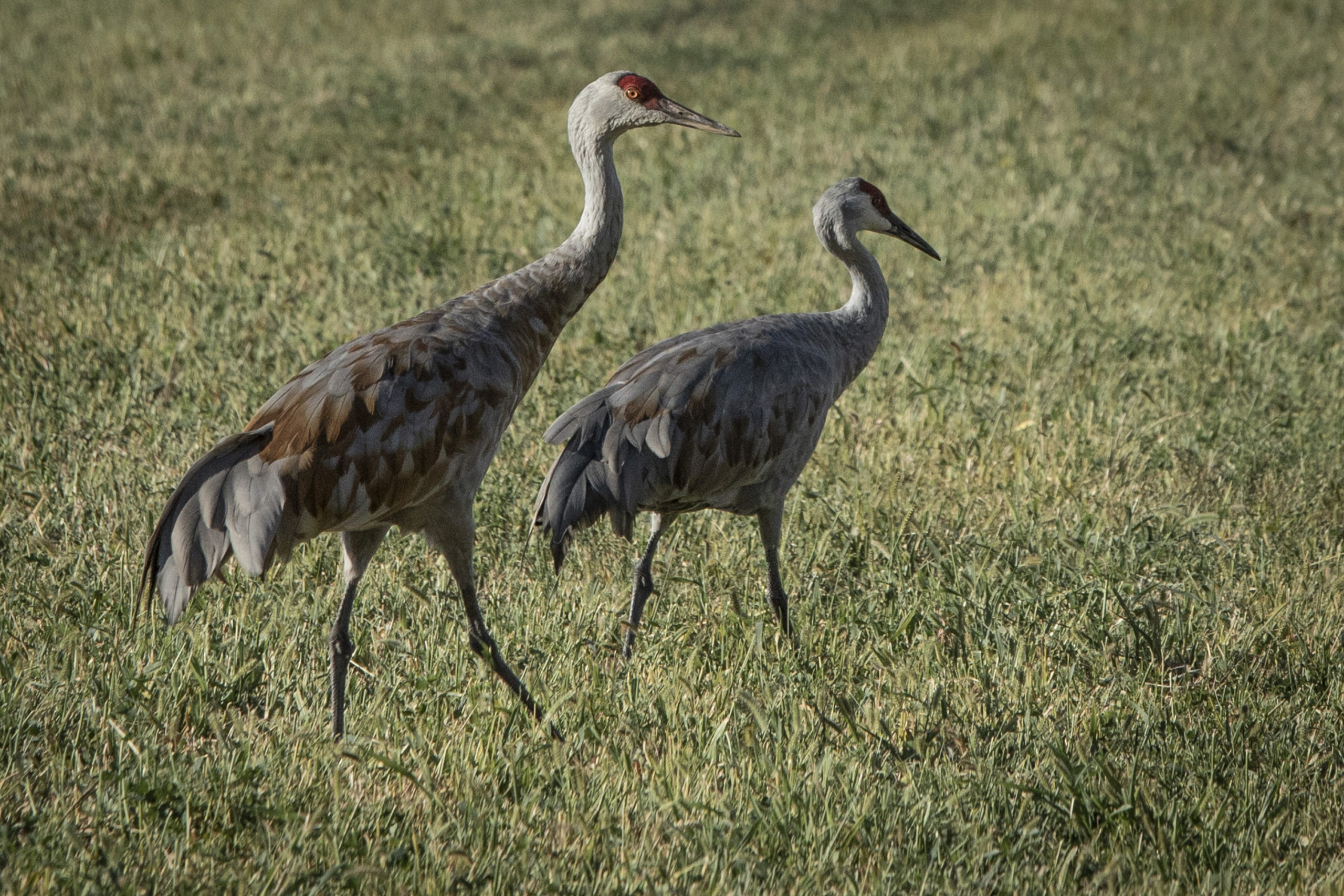
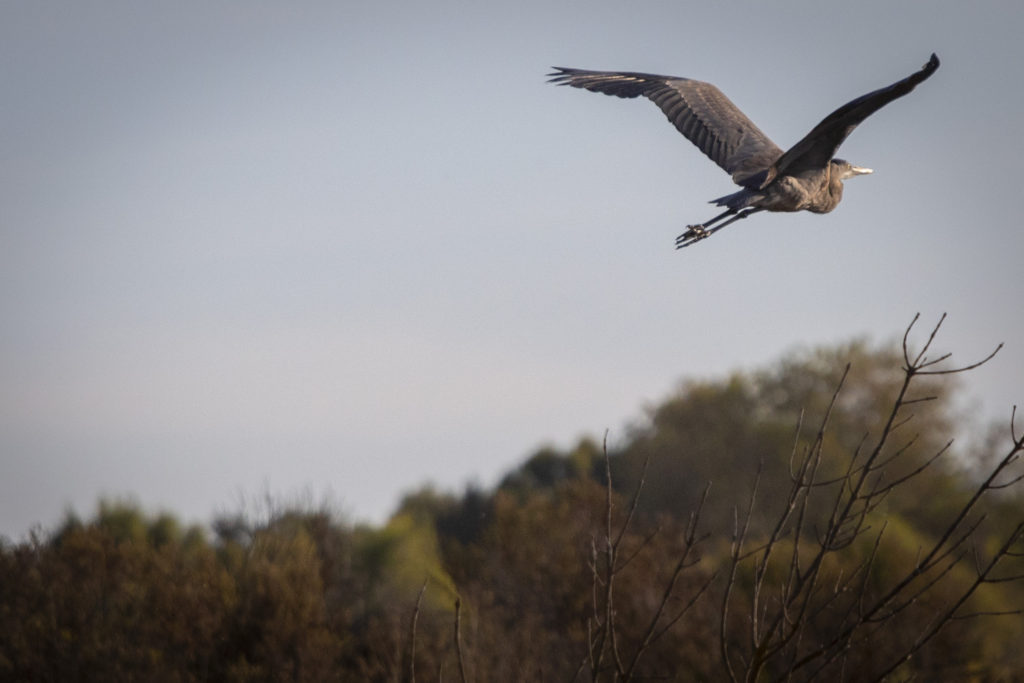
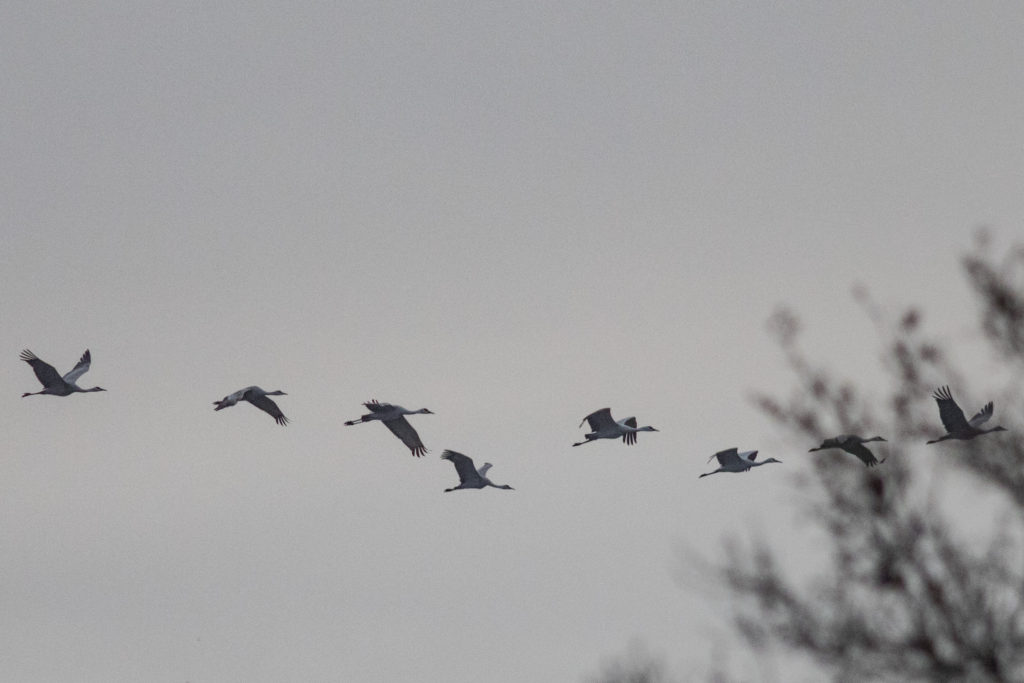
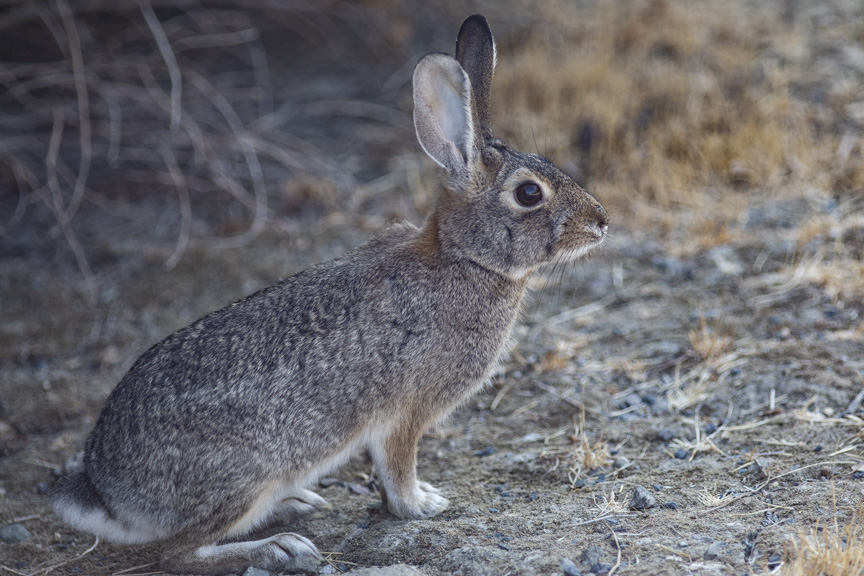
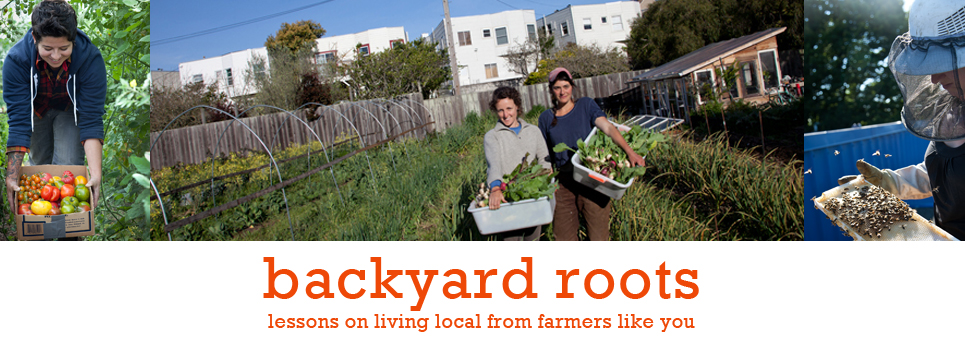
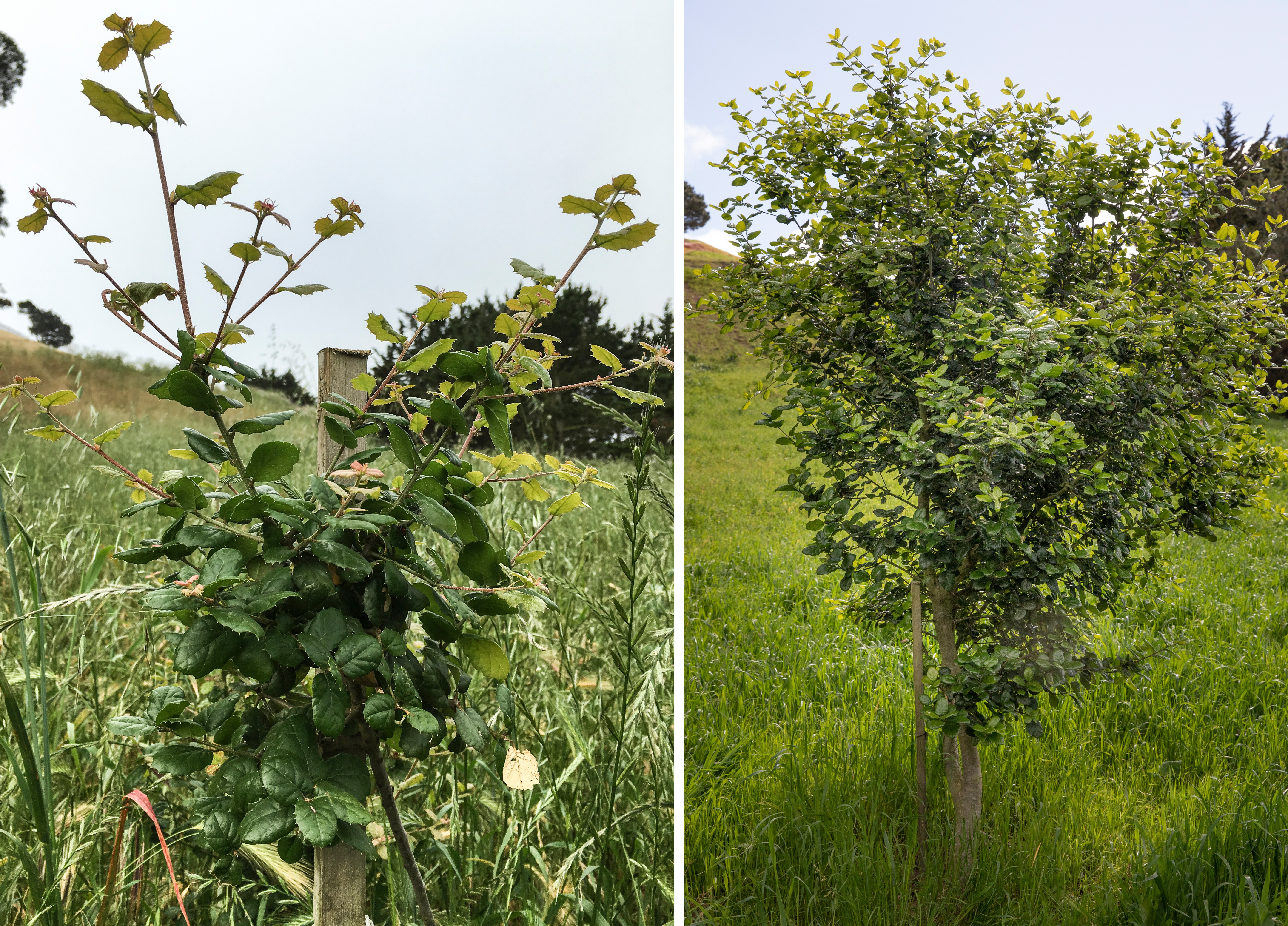
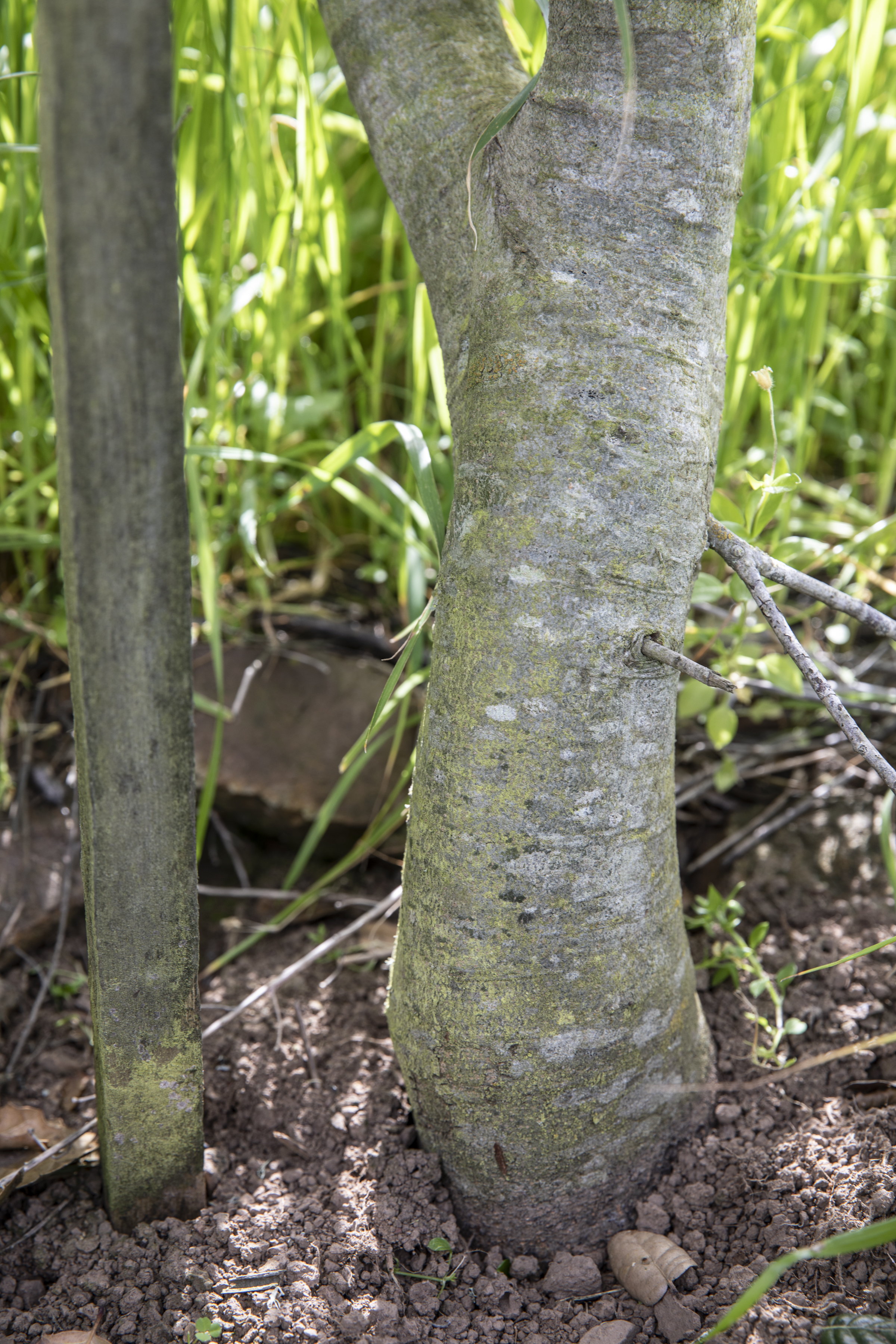 This oak has got a very strong, deep root system, it’s easy to see by looking how at it’s trunk.
This oak has got a very strong, deep root system, it’s easy to see by looking how at it’s trunk.